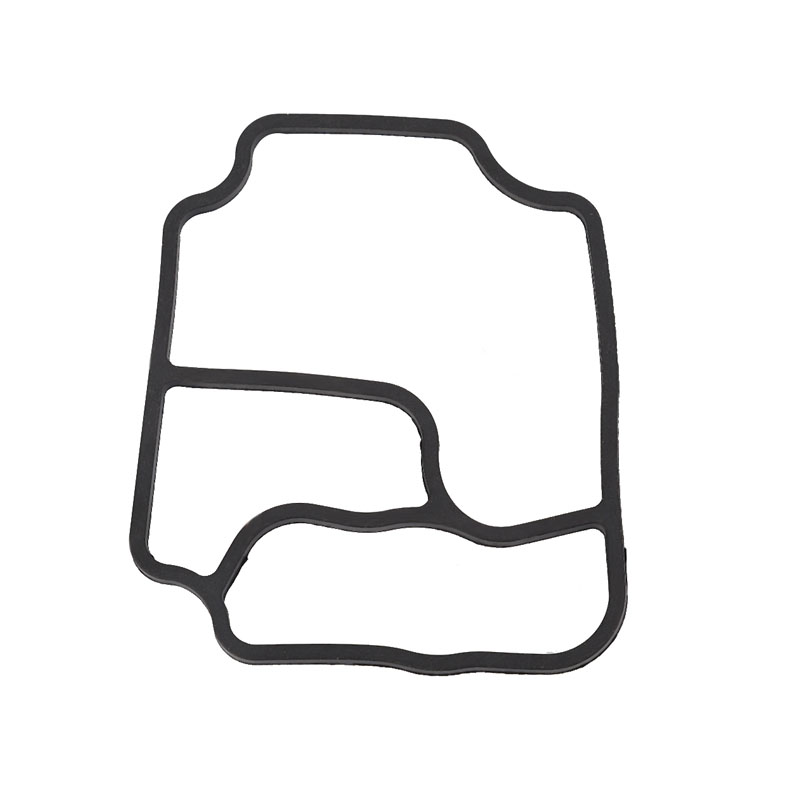rear axle oil seal
Understanding Rear Axle Oil Seals Importance, Function, and Maintenance
The rear axle oil seal is a critical component in the drivetrain system of vehicles, playing an essential role in ensuring the smooth operation of the axle and overall vehicle performance. Though often overlooked, this small but vital part safeguards vital lubricants and prevents contaminants from entering the axle assembly. In this article, we will delve into the significance of rear axle oil seals, their functions, mechanisms, and tips for maintenance and replacement.
What is a Rear Axle Oil Seal?
At its core, an oil seal is a device designed to retain lubricating oil within a specific area of machinery while preventing the ingress of dirt, dust, and water. In vehicles, the rear axle oil seal is strategically placed at the intersection of the axle housing and the wheel bearings. Its primary function is to keep the differential and wheel bearings adequately lubricated, thereby ensuring efficient power transmission and smooth operation.
Importance of Rear Axle Oil Seals
1. Lubrication Retention The rear axle is a complex assembly that requires continuous lubrication to function correctly. The oil seal prevents lubricant leakage, ensuring the components are always wet and minimizing friction. This directly contributes to the longevity of the axle assembly and the vehicle as a whole.
2. Contaminant Prevention External elements such as dirt, moisture, and debris can lead to severe damage if they infiltrate the axle assembly. The rear axle oil seal acts as the first line of defense, keeping harmful contaminants at bay and ensuring a clean operating environment.
3. Improved Performance A well-functioning and intact rear axle oil seal enhances the overall performance of the vehicle. It contributes to smooth operation, reduced wear, and optimal power distribution from the engine to the wheels.
How Rear Axle Oil Seals Work
The rear axle oil seal is typically made from durable materials like rubber or silicone, designed to withstand extreme conditions such as heat, pressure, and exposure to various fluids. When installed, the oil seal features a lip that presses against the rotating surface of the axle, creating a tight seal. This frictional contact is essential for preventing lubricant loss while allowing the axle to rotate freely without additional resistance.
rear axle oil seal

Signs of Oil Seal Failure
Like all components, rear axle oil seals can wear out and eventually fail. It’s crucial for vehicle owners to remain vigilant and watch for signs of potential problems
- Oil Leaks One of the most common indicators of a failing oil seal is the visible presence of oil on the ground beneath the vehicle. This leakage can compromise the lubrication system and lead to more significant issues if not addressed promptly. - Unusual Noises If you hear grinding or whining noises emanating from the rear axle, it may indicate that the lubricant is low, potentially due to a failed oil seal.
- Increased Heat A significant rise in axle temperature during operation could signal inadequate lubrication, often traced back to a compromised oil seal.
Maintenance and Replacement Tips
1. Regular Inspections Periodically inspect your vehicle’s axle assembly and surrounding areas for signs of oil leakage or wear. Early detection can prevent costly repairs down the road.
2. Follow Service Intervals Adhere to the manufacturer’s recommended service intervals for oil changes and inspections. Fresh lubricant can help prolong the life of your oil seal.
3. Professional Assistance If you suspect an oil seal problem or notice any warning signs, consult a qualified mechanic. Timely replacement of a faulty seal is essential to avoid further damage to the axle assembly.
In conclusion, rear axle oil seals may be small components, but they play a significant role in vehicle performance, lubrication efficiency, and protection against contaminants. Understanding their importance and maintaining them properly can save vehicle owners from costly repairs while ensuring a longer lifespan for their vehicle’s drivetrain system.
-
Simplifying Oil Changes: A Comprehensive Guide to Oil Drain Plugs and Their Variants
News Aug.04,2025
-
Mastering Oil Drain Maintenance: Solutions for Stripped, Worn, and Upgraded Oil Plugs
News Aug.04,2025
-
Fixing Oil Pan Plug Issues: Leaks, Stripped Nuts, and the Right Replacement Solutions
News Aug.04,2025
-
Everything You Need to Know About Oil Drain Plugs: Sizes, Fixes, and Upgrades
News Aug.04,2025
-
Choosing the Right Oil Drain Plug: A Guide to Sizes, Materials, and Drain Innovations
News Aug.04,2025
-
A Complete Guide to Automotive Drain Plugs: Types, Problems, and Innovative Solutions
News Aug.04,2025
-
The Ultimate Guide to Car Repair Kits: Tools and Essentials Every Driver Should Own
News Aug.01,2025
Products categories















